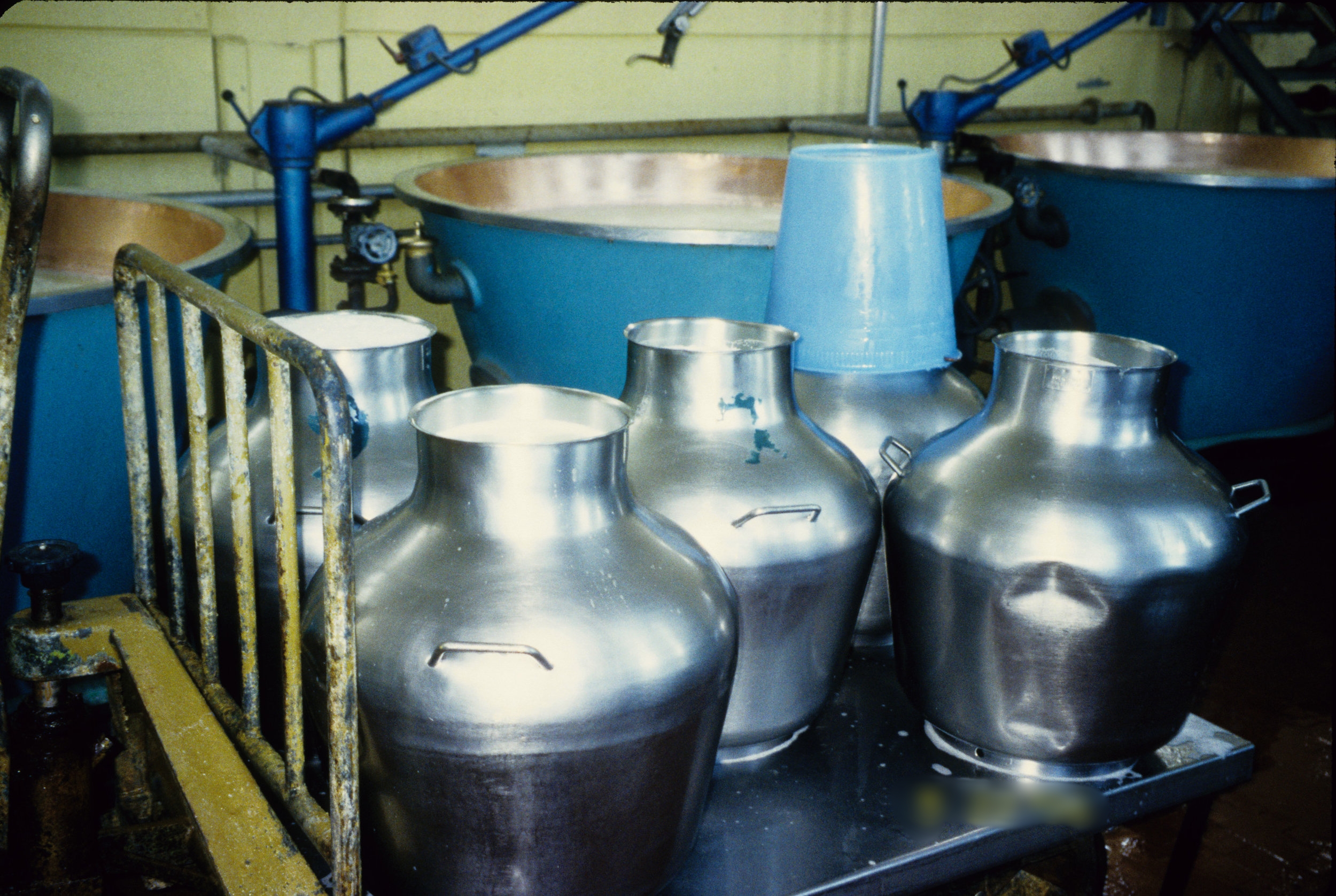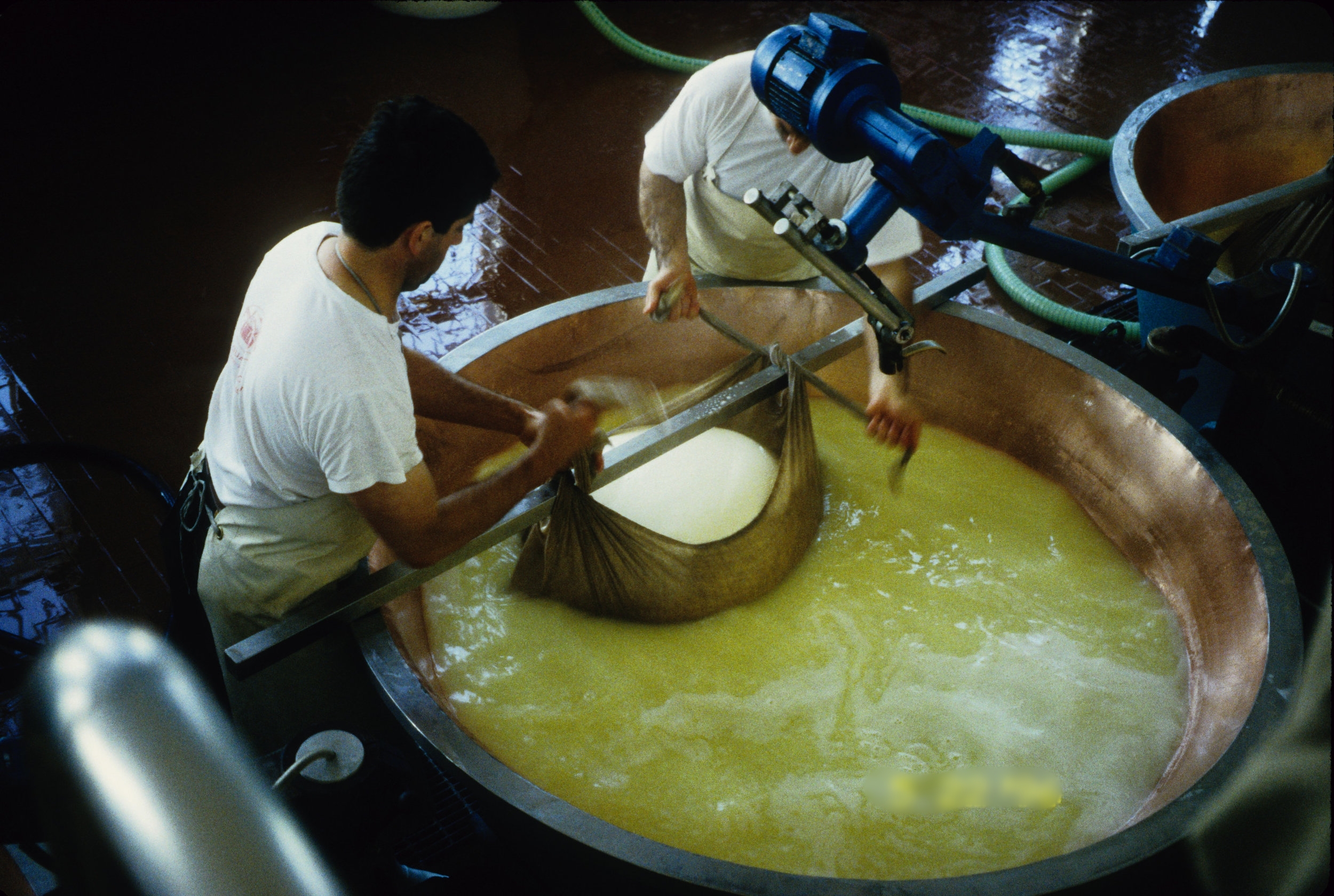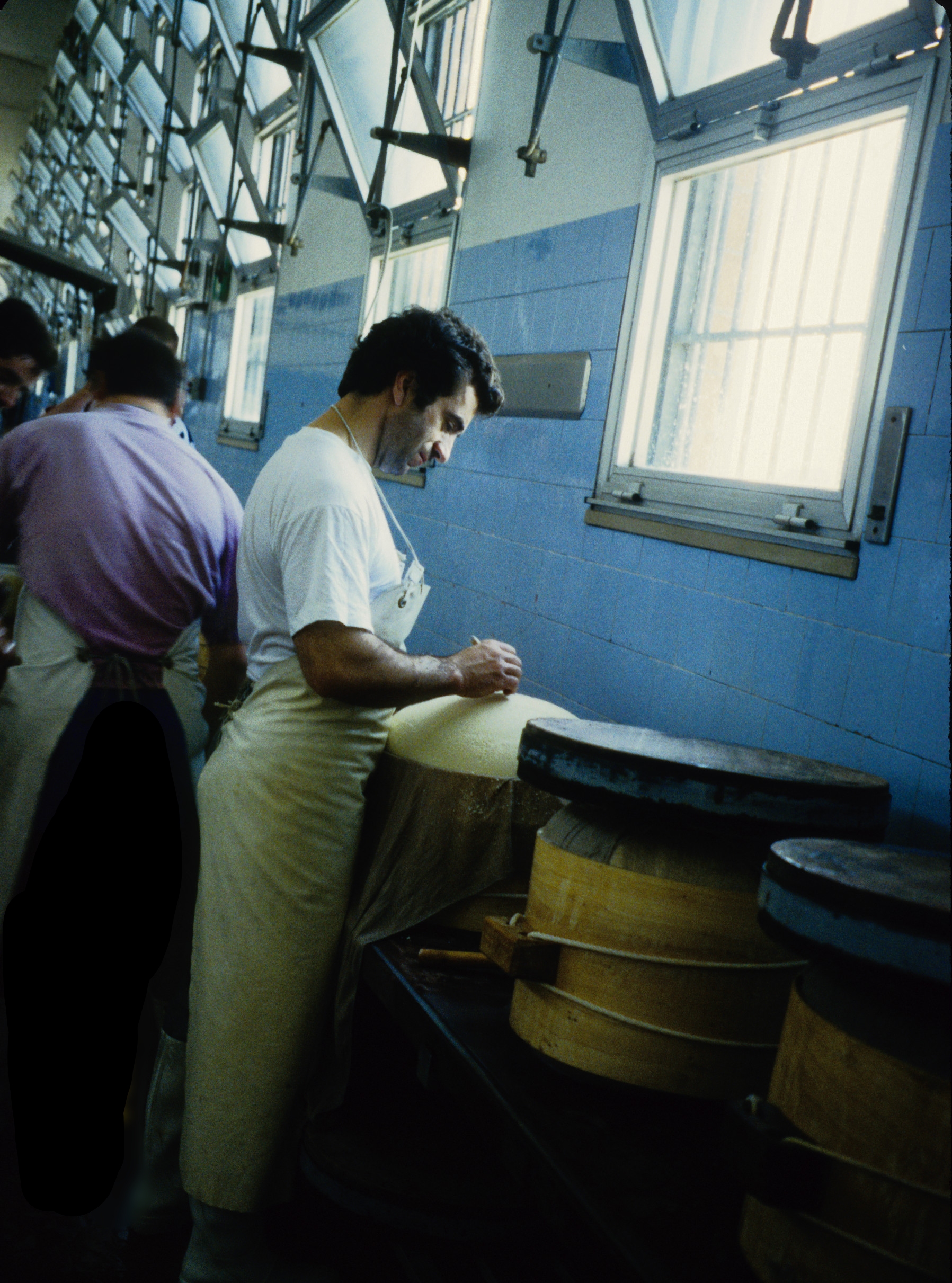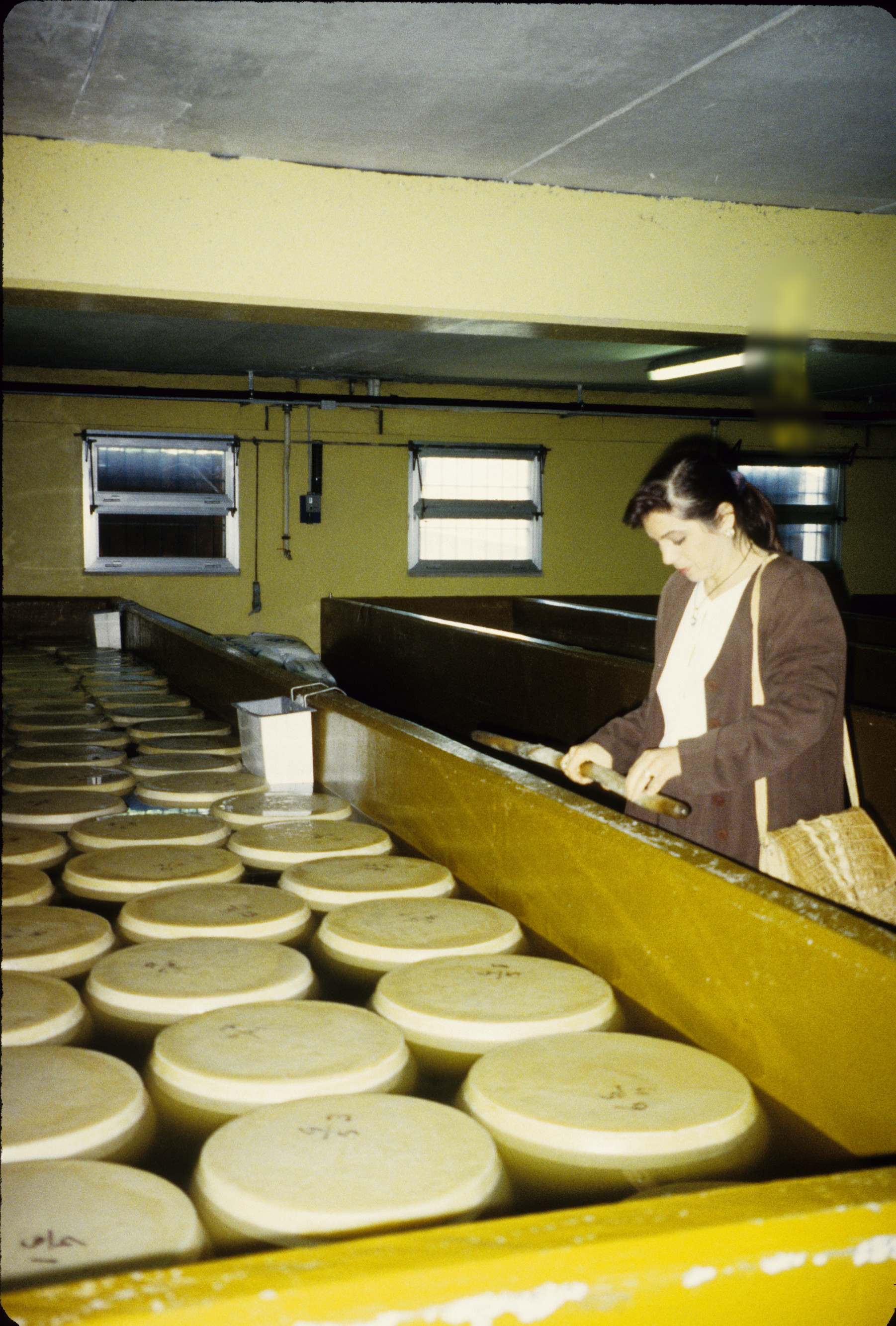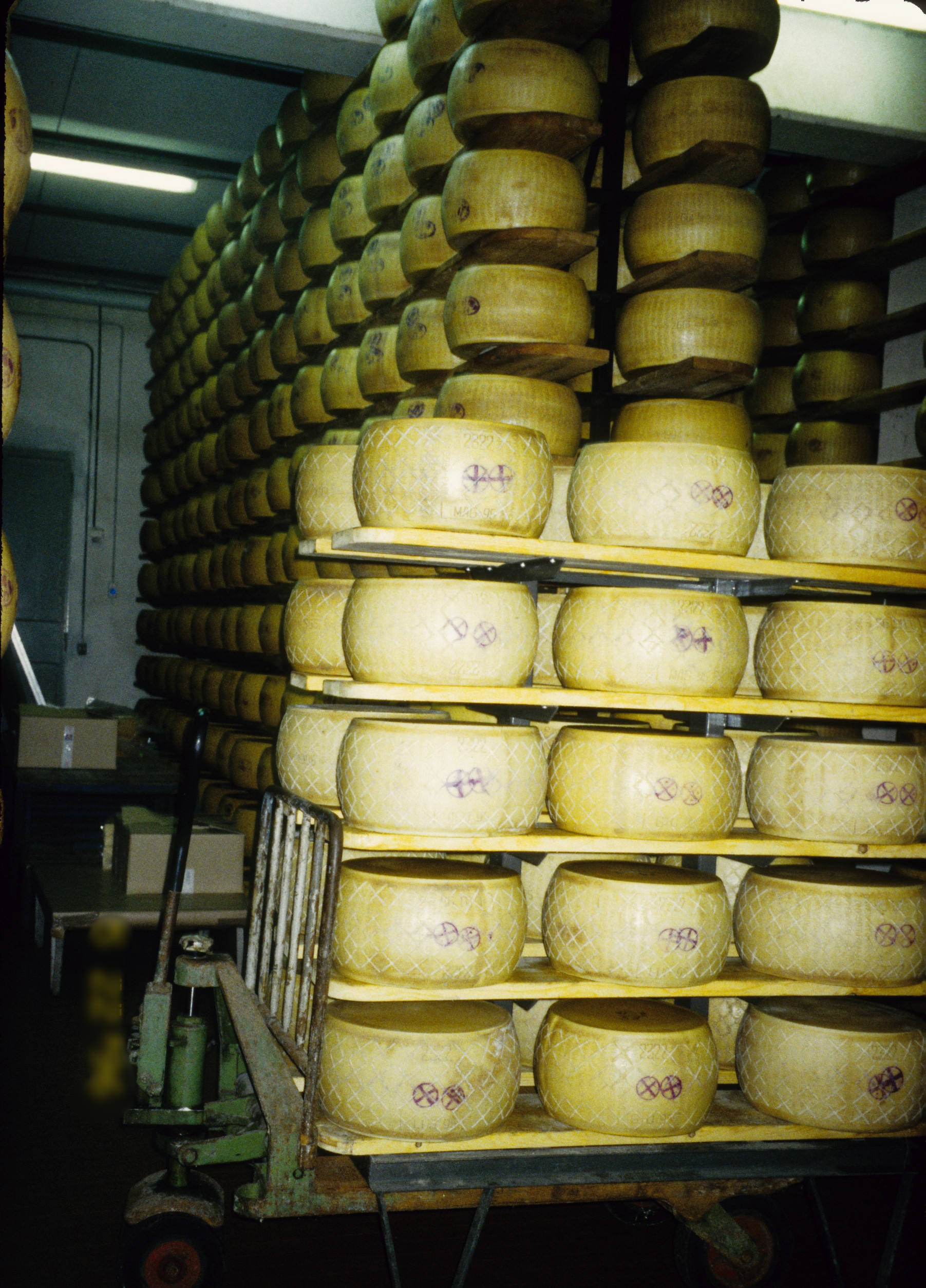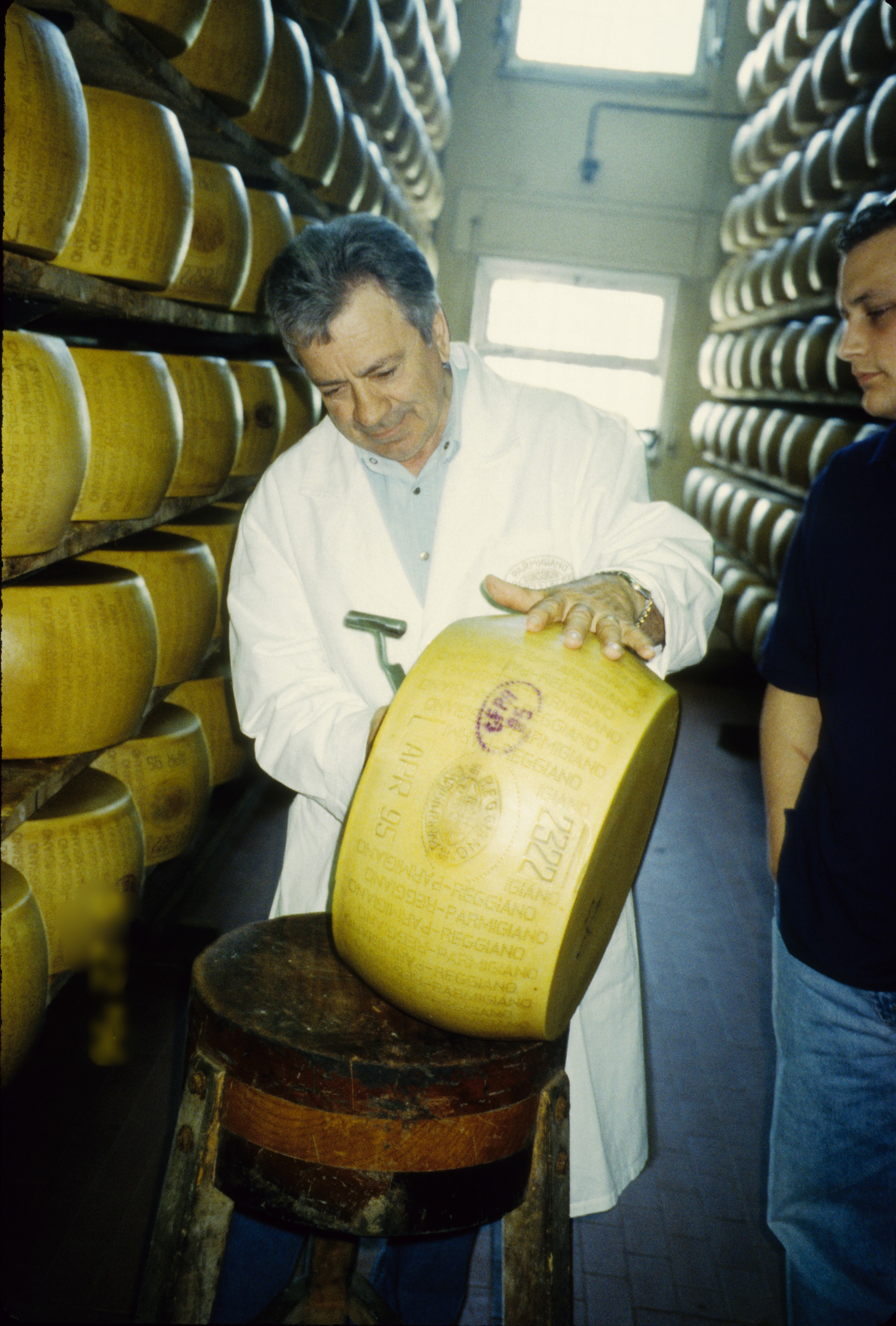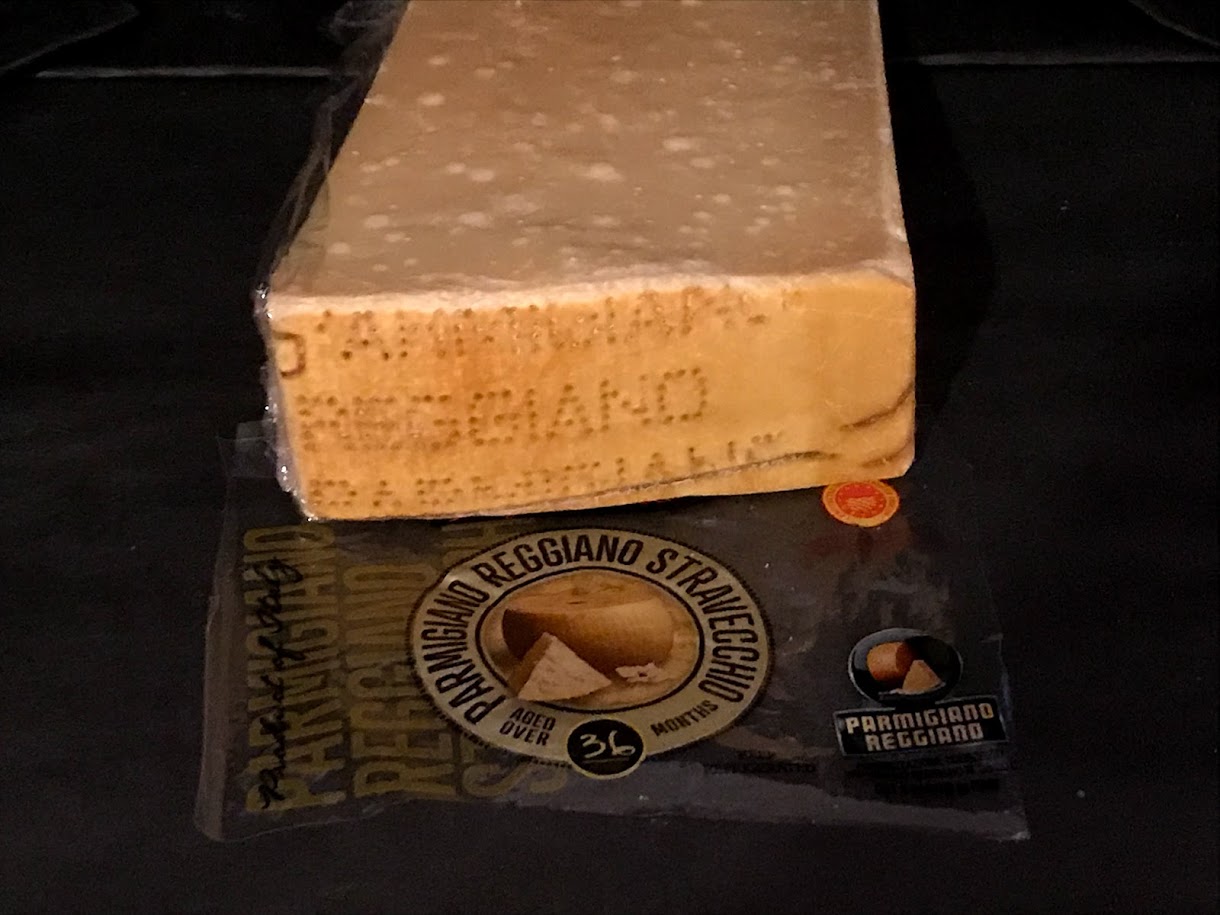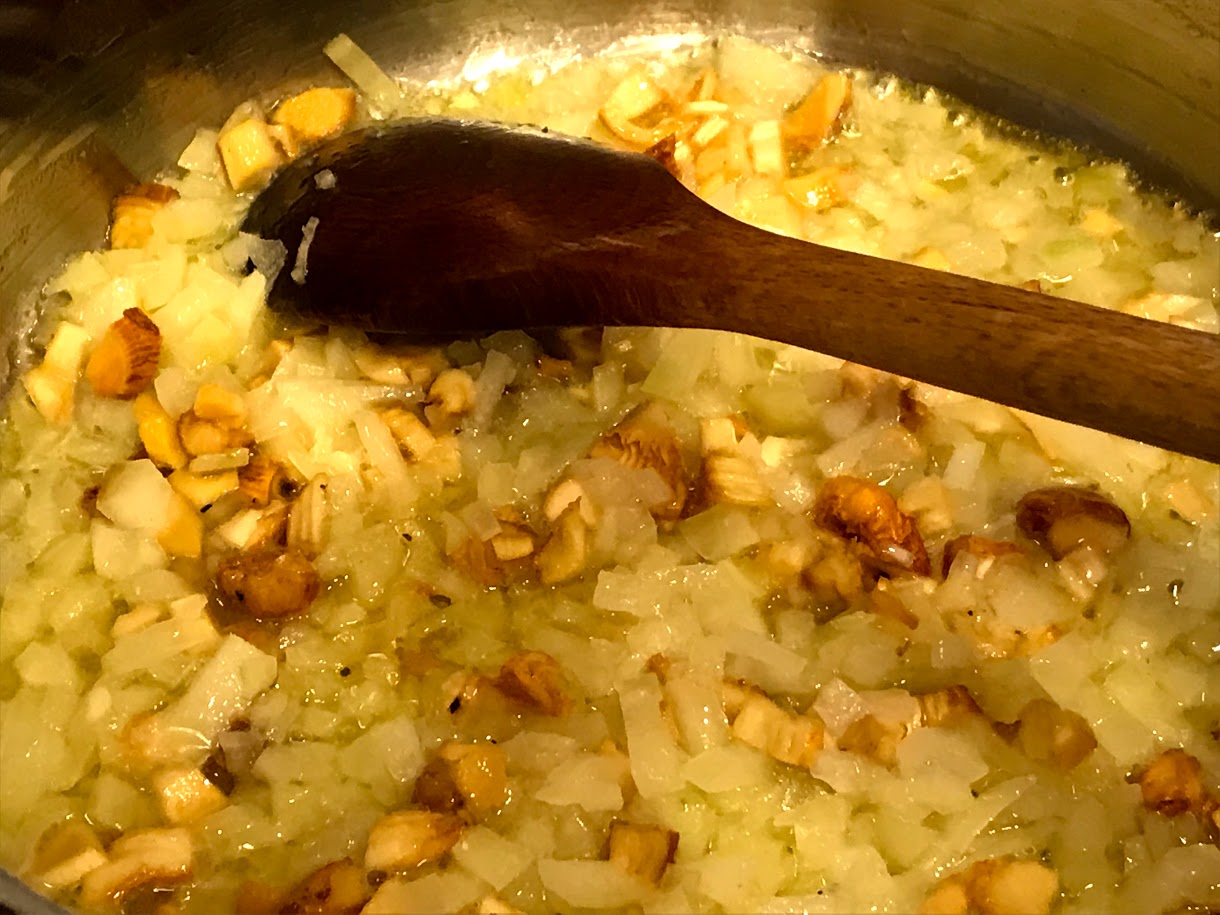Wild Mushroom Risotto
Risotto is quite simply Italian comfort food. It is a northern Italian dish where all its ingredients are carefully foraged, grown and produced. I remember the first time I flew into Milan, Italy from Zurich, Switzerland. My eyes could not leave the beauty of the Swiss Alps. Suddenly the snow-capped peaks turned into Northern Italian flat rice paddies. The stark difference captured my imagination. The next day my culinary tour group began exploration of the marvelous ingredients of Northern Italy by visiting a Parmigiano Reggiano consortium to learn about this amazing cheese. This cheese is not just parmesan cheese. Parmigiano Reggiano is the king of all Italian cheeses, and quite possibly all cheeses worldwide. This marvelous cheese formula has not changed for over eight centuries. And since a “whey starter” is taken from the previous batch to make each new batch, this cheese is presumably and quite literally that old! The cows are lovingly fed a special feed with additional minerals and proteins, and without antibiotics or pesticides. The evening skim milk and morning whole milk are heated in inverted church-bell copper kettles to which the “starter” fermenting whey and a natural rennet is mixed, then allowed to rest. Coagulation of the curds are broken up, lifted, and drained. Approximately one-hundred pounds of curds are placed in straight-sided wooden forms lined with a dot matrix of PDO (Protected Designation of Origin), and a birthdate. The next day the cheese is put into a sea salt brine, and turned daily for twenty-six days. Then carefully placed on shelves, turned once daily, brushed, and aged for a minimum of twelve months. Stravecchio designates an older cheese, usually up to thirty-six months. When a recipe calls for Parmigiano Reggiano, it should never be substituted by any other “knock-off” cheese. Just won’t taste the same!
Pictures from my trip to a Parmigiano Reggiano Consortium: Morning milk arriving, draining curds, birth-date on each form, brining, racked, tested for holes, and a final wedge of Stravecchio.
ONWARD:
The rice paddies that I had been viewing from my lofty airline flight were most likely either an Arborio or Carnaroli variety, as Vialone Nano grows in the Vento region near Venice. There are three distinct varieties of Italian rice, Arborio, Carnaroli and Vialone Nano, all are suitable for making risotto however Carnaroli and Vialone Nano are preferred. Carnaroli is considered superfino due to its higher starch content and firmer, long texture than common Arborio rice, and holds its shape better. Desirable because it makes a creamy, onda (wavy), flowing risotto, not a sticky one. Risotto is made of four parts. First, of course, is riso or rice. The base is called soffritto, which is usually onions fried in a combination of butter and olive oil. Next is brodo or the broth with or without wine. Rounding out this comfort food is condimenti which can be meat, seafood, cheese, or vegetables. Here I have chosen wild mushrooms, found in the forests, generally in the autumn. Chanterelles, porcini, or morels are all good choices. The umami flavor found in mushrooms and Parmigiano Reggiano cheese makes this creamy rice dish outstanding!
Wild Mushroom Risotto
6 entrée servings
INGREDIENTS:
Riso, sofritto, brodo, Parmigiano Reggiano, mushrooms...
Mushrooms
2 tablespoons extra virgin olive oil
1½ cups wild mushrooms, cleaned with a damp paper towel, torn or cut (about 6 ½ ounces)
1 tablespoon fresh rosemary, minced
½ teaspoon sea salt
Risotto
1 quart mushroom broth (recipe below or boxed)
1 ½ tablespoons olive oil
5 tablespoons unsalted butter (divided)
⅔ cup onion, minced
½ cup wild mushrooms, cleaned with a damp paper towel, small diced (about 1 ½ ounces)
1 teaspoon sea salt
2 cups Carnaroli rice (Arborio or Vialone Nano rice)
1 cup Parmigiano Reggiano cheese, grated
2 teaspoons truffle oil (optional)
fresh ground black pepper to taste
DIRECTIONS:
1. For the mushrooms, heat a cast-iron pan for about two minutes over high heat. Add the olive oil. When the oil shimmers add the mushrooms, rosemary, and salt. Toss with tongs until cooked through and slightly browned. Reserve hot.
2. For the risotto, heat the mushroom broth and reserve hot.
3. Melt half of the butter and all the olive oil in a wide-bottomed saucepan. When the oil shimmers, add the onion, diced mushrooms, and salt. Cook until the onion is soft or translucent. Stir with a wooden spoon.
4. Add the rice and continue to cook without browning until the rice is coated with the oil and turns opaque, about two to three minutes.
5. Add enough hot broth to barely cover the rice. Stir the rice with the wooden spoon until the rice has absorbed most of the broth and when the spoon is drawn through the rice it creates a wake.
6. Keep adding small amounts of the broth to the rice and stirring until the rice is creamy and has just a slight crunch (about twenty-five to thirty minutes)
7. Add the remaining butter, cheese, and optional truffle oil. Taste, Think, Transform with salt and/or pepper
8. Serve hot and topped with the sautéed mushrooms.
Mushroom Broth
1 quart
1 teaspoon extra virgin olive oil
1 medium clove garlic, minced
1 teaspoon shallot, minced
6 black peppercorns, cracked
1 bay leaf
6 parsley stems, cut into small pieces
½ teaspoon dried thyme
½ cup dried porcini mushrooms, rinsed
2 6x4-inch pieces kombu, broken into smaller pieces, rinsed (optional)
1 cup carrots, small diced
1 cup onion, small diced
¾ cup celery, small diced
½ cup roma tomato, small diced
4 ½ cups filtered water
1. Heat the olive oil in a saucepan over medium heat. Sweat the garlic and shallots over low heat until translucent and fragrant. Turn the heat up to medium high.
2. Add the remaining ingredients. Bring to a boil and reduced to a simmer. Simmer for forty-five minutes to an hour. Taste, Think, Transform by considering if the flavor has been completely extracted. Cook longer if not. Do not add salt.
3. Strain the broth through a fine mesh sieve. Discard solids.
4. Use immediately or quickly chill in an ice water bath. Refrigerate. May be frozen up to three months.


